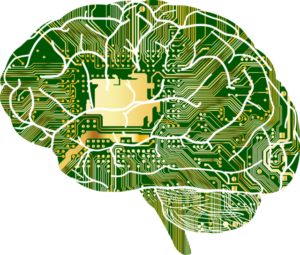 In a decision released on Monday, Judge William Orrick sided with a group of AI companies against a class action suit. The artists originally claimed that any work generated by the AI companies’ image generators violates their copyright since they used the artists’ work to train the AIs. The decision is not exactly surprising since Orrick seemed to have been leaning in favor of the companies during hearings back in July. However, Orrick made his decision regarding only some of the claims made by the artists, leaving the plaintiffs free to amend the remaining complaints and re-file them.
In a decision released on Monday, Judge William Orrick sided with a group of AI companies against a class action suit. The artists originally claimed that any work generated by the AI companies’ image generators violates their copyright since they used the artists’ work to train the AIs. The decision is not exactly surprising since Orrick seemed to have been leaning in favor of the companies during hearings back in July. However, Orrick made his decision regarding only some of the claims made by the artists, leaving the plaintiffs free to amend the remaining complaints and re-file them.
The companies involved in the lawsuit were Midjourney Inc. (creators of Midjourney), Stability AI Ltd. (creators of Stable Diffusion), and Deviant Art Inc. (creators of Dream Up). The main rationale behind Orrick’s decision is based on copyright registration. Of the three artists who filed the suit, only Sarah Anderson has her copyrighted works registered with the US Copyright Office. Despite the Copyright Office stating that a copyright exists for a work upon the moment of its creation, for an artist to file a lawsuit relating to that copyright, the artist must register that copyright with the Copyright Office, something which the other plaintiffs, Kelly McKernan and Karla Ortiz, did not do. This is why Orrick’s decision to dismiss did not count for Anderson’s claims of copyright infringement. Her lawsuit against Stability AI will move forward.
Anderson claims that the AI companies likely used her work in training their programs since she consulted the website haveibeentrained.com, which provides information on AI training datasets. After seeing some of her registered works on the site, she concluded that they were likely used to train AI image generators. This, according to Orrick, “is a sufficient basis to allow her copyright claims to proceed at this juncture, particularly in light of the nature of this case”. Orrick has also set a rather high bar for the artists in the future. He wrote that the plaintiffs must show “substantial similarity” between the artists’ registered work and a derivative AI-generated work to claim copyright violation. Of course, Judge Orrick’s decision is interesting to analyze alongside a separate decision made by Judge Beryl Howell in Washington in August, where she ruled that AI-generated art is not copyrightable since there is no human involvement in the images’ creation. Both of these cases will no doubt change the way AI companies operate when it comes to image generation, the way artists might use AI programs as tools, and even how people view the creative, artistic process.
